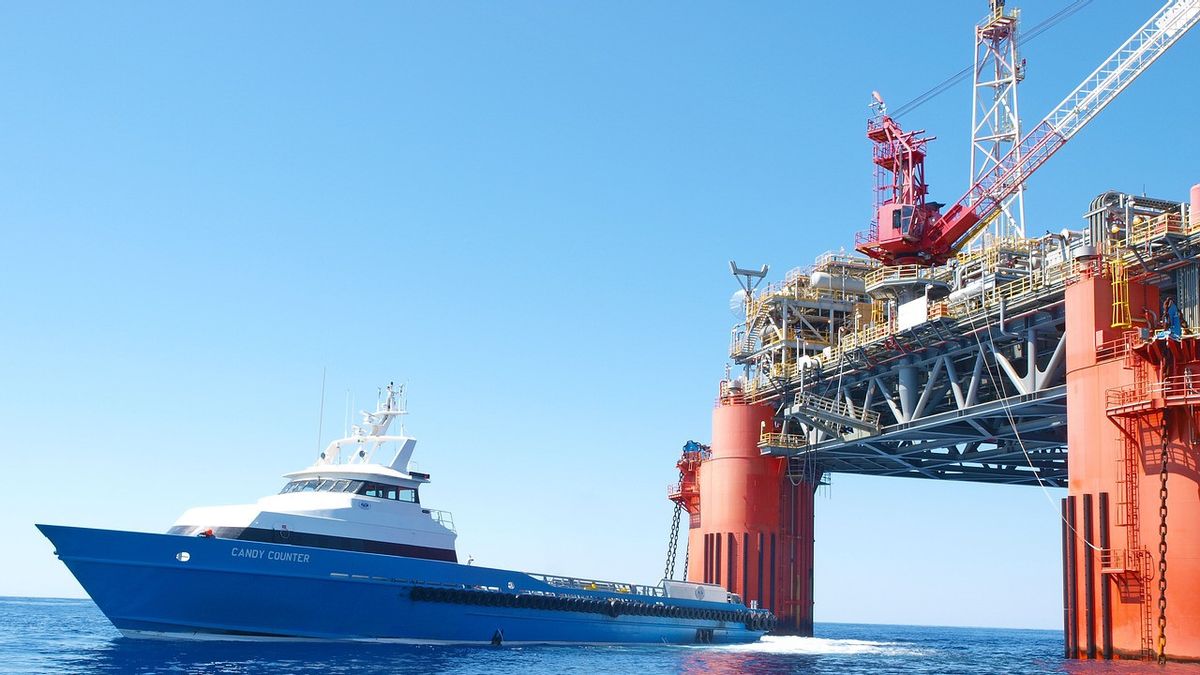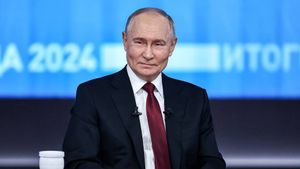JAKARTA - Sanctions targeting Russian refineries, delivery disruptions, and a fall in US crude stockpiles to multi-year lows sent oil prices steadily surging in Asian trade on Thursday afternoon, with Brent headed for 120 dollars a barrel, the highest in nearly a decade.
Brent crude futures rose to $119.84 a barrel, their highest level since May 2012. The Brent contract was trading at $119.78 a barrel at 0752 GMT, up 6.85 dollars, or 6.1 percent.
Launching Antara, Thursday, March 3, the price of US West Texas Intermediate (WTI) crude oil futures hit a high of 116.57 US dollars per barrel, the highest since September 2008, and rose 5.81 US dollars, or 5.3 percent to trade at 116.41 US dollars per barrel.
The increase follows the latest round of US sanctions against Russia's oil refining sector that raised concerns that Russian oil and gas exports could be the next target.
While implementing economic sanctions to try to get Russia to call off its invasion of Ukraine, Washington has stopped targeting Russian oil and gas exports as the Biden administration weighs the impact on global oil markets and US energy prices.
"They may say that, but global financial institutions are doing the heavy lifting and banning anything with Russia that's written on the documentation", said OANDA analyst, Jeffrey Halley.
"I think as long as the West holds it in, the oil will still go higher."
SEE ALSO:
Australia's ANZ raised its short-term target for oil to 125 US dollars a barrel, adding that a supply shortfall could push further gains.
Russia is the world's third-largest oil producer and the largest exporter of oil to global markets, according to the International Energy Agency. Russia's exports of crude oil and oil products reached 7.8 million barrels per day in December, the agency said.
The Organization of the Petroleum Exporting Countries and its allies including Russia, known as OPEC+, decided to maintain an output increase of 400,000 barrels per day in March despite a spike in prices, resisting calls from consumers for cruder.
"OPEC+ is basically sending any production signal to calm the runaway oil market, prompting an output increase of 400,000 barrels per day in a short period of time", RBC Capital analyst, Helima Croft, said in a note.
"While some remain glued to the idea that the Iran agreement will provide much-needed assistance, we warn once again that the deal is still not finalized and the amount required will be too small to replenish Russia's major distractions."
The head of the International Atomic Energy Agency (IAEA) will visit Tehran on Saturday, March 5, Iran's news agency Nournews reported. The show could help pave the way to a revival of Iran's 2015 nuclear deal with major powers.
Meanwhile, US oil inventories continued to decline. Stockpiles at major crude hub Cushing, Oklahoma are at their lowest since 2018, while US strategic reserves fell to a nearly 20-year low - and that was before another release announced by the White House on Tuesday, March 1 alongside other industrialized nations.
The English, Chinese, Japanese, Arabic, and French versions are automatically generated by the AI. So there may still be inaccuracies in translating, please always see Indonesian as our main language. (system supported by DigitalSiber.id)
















